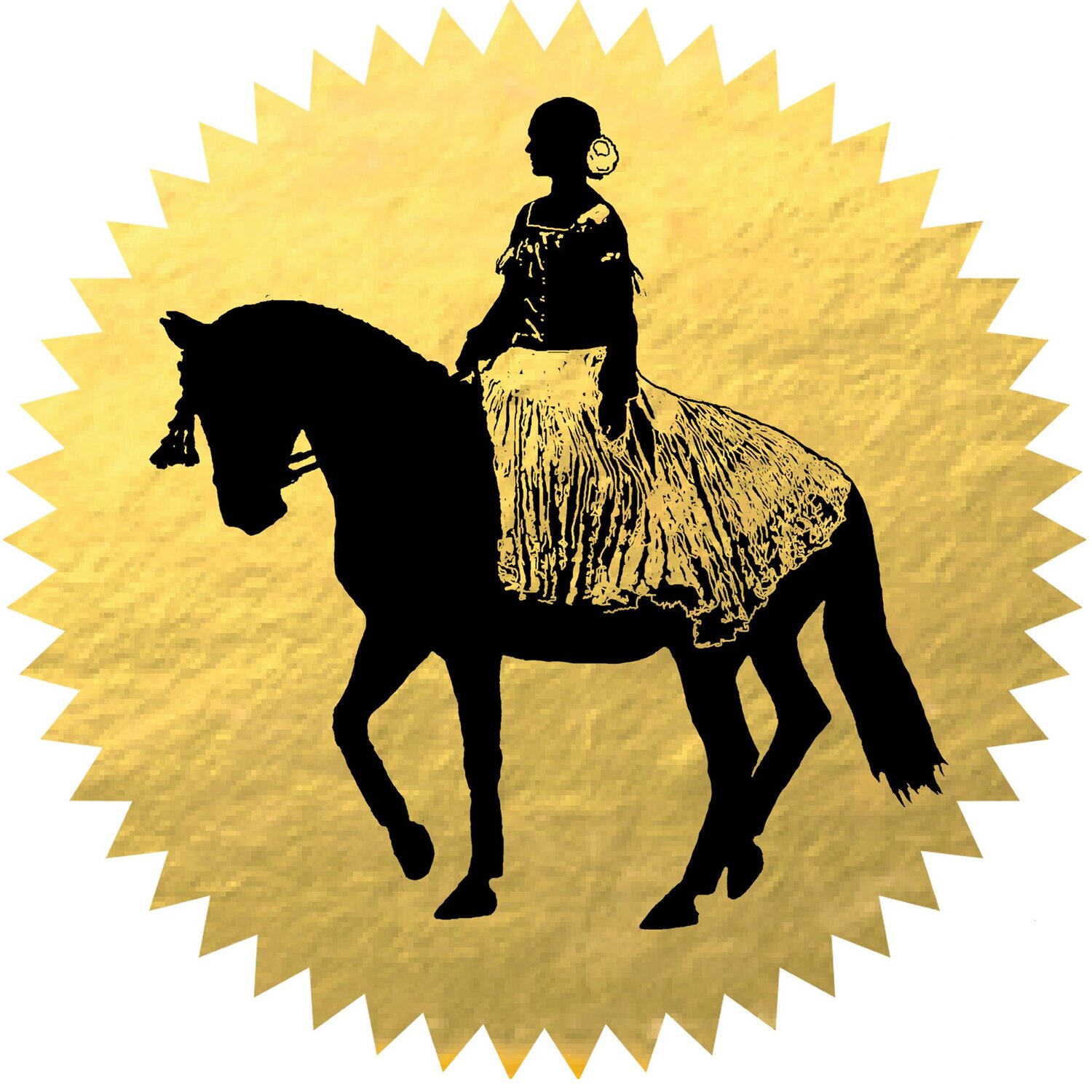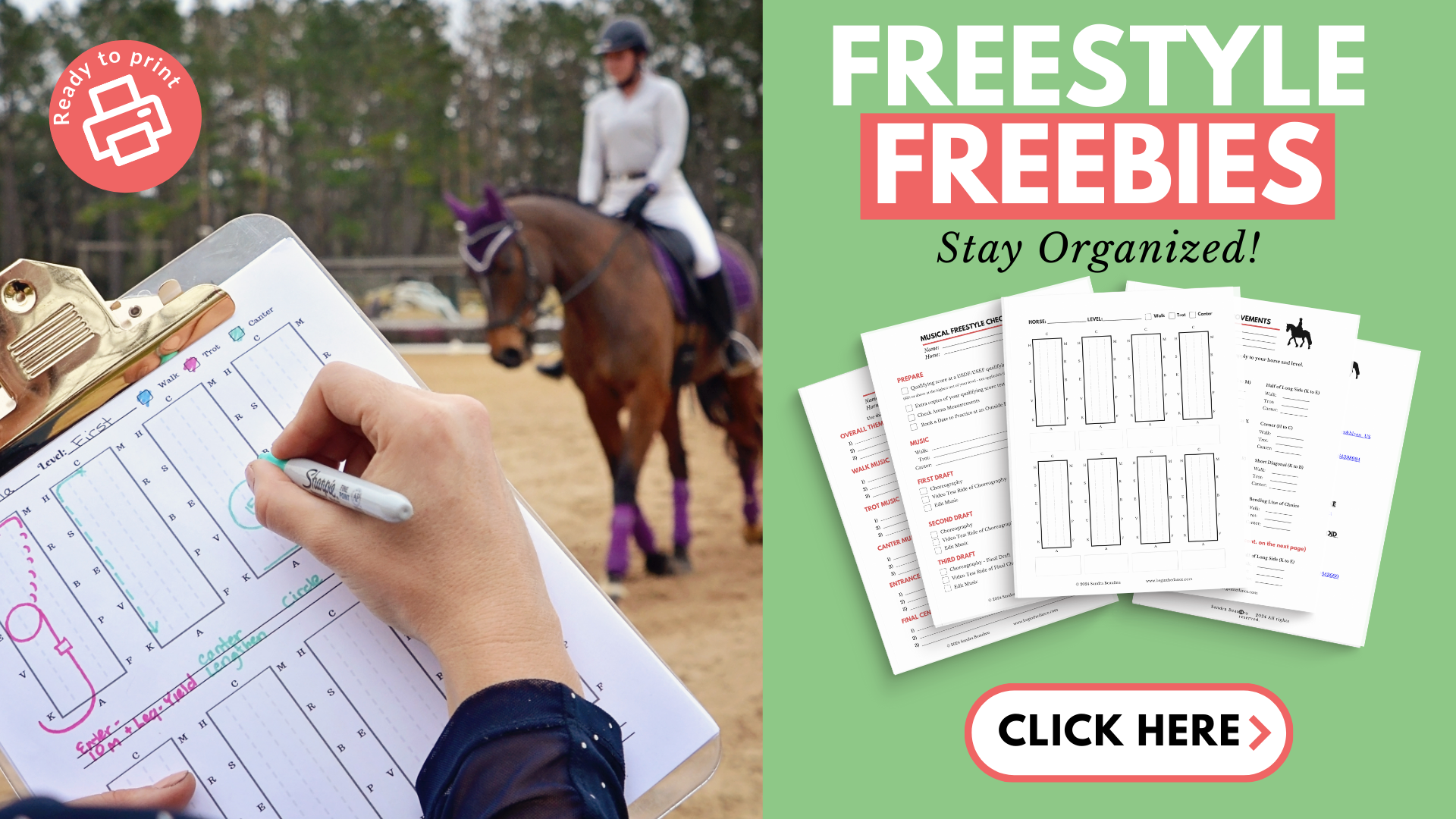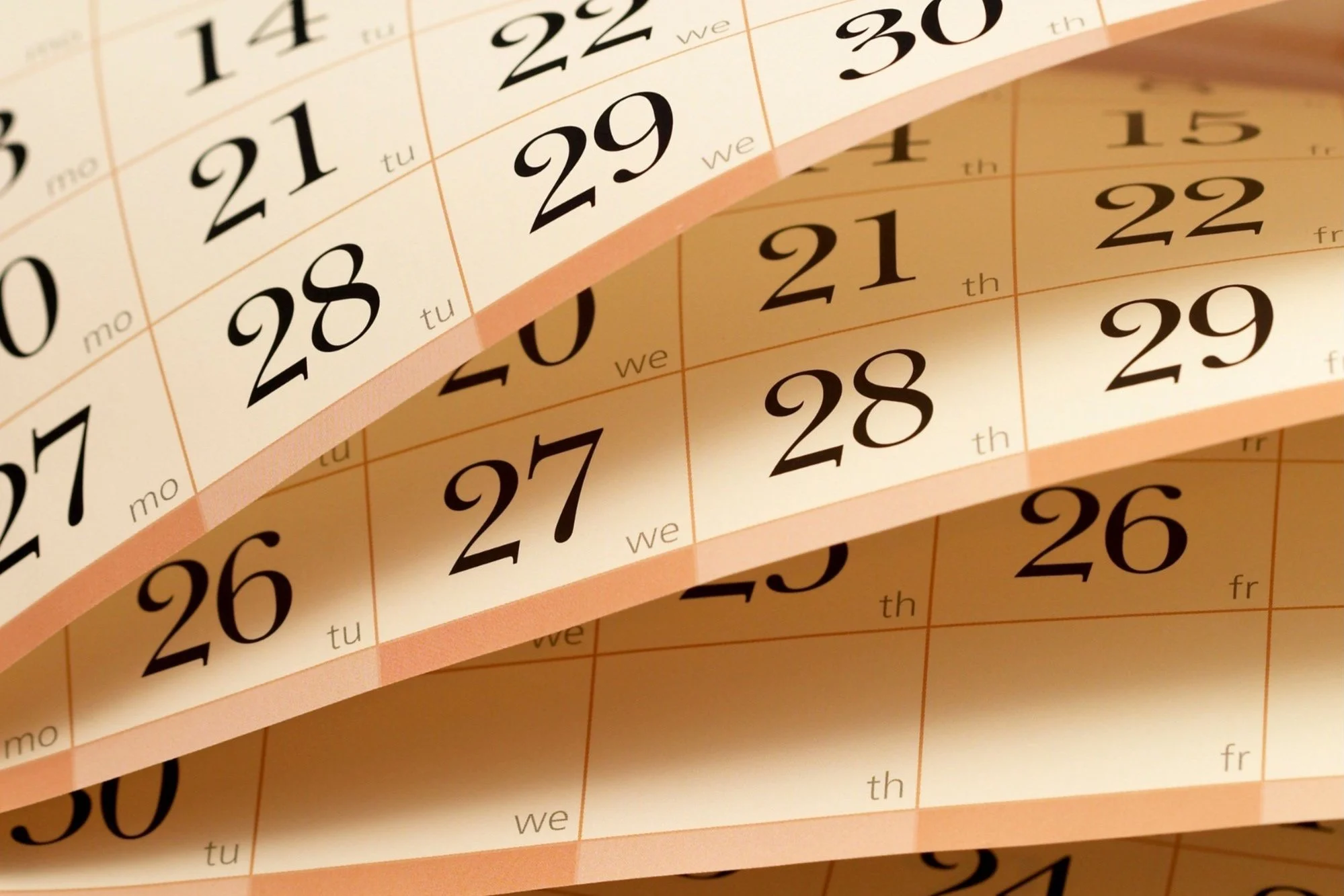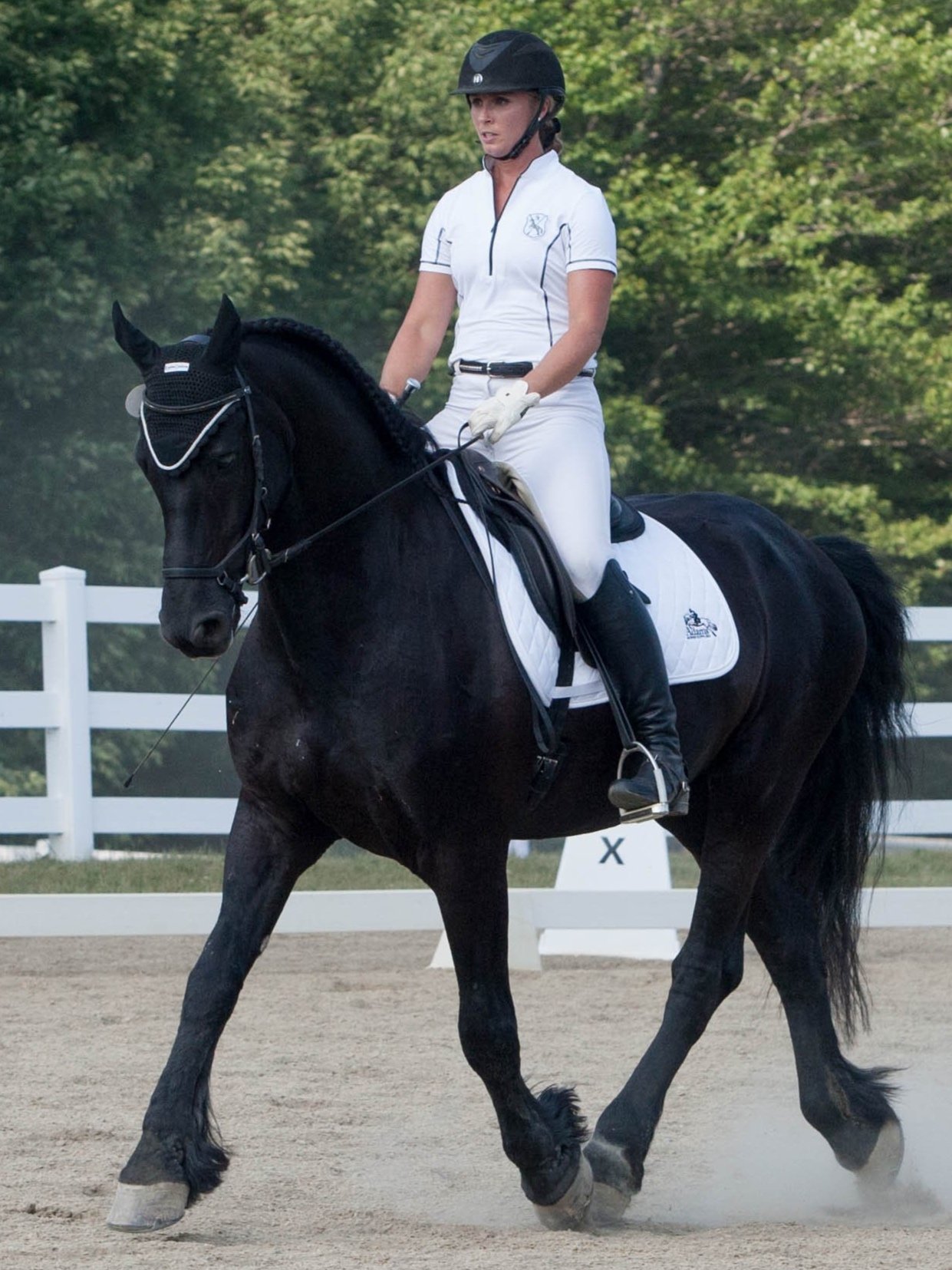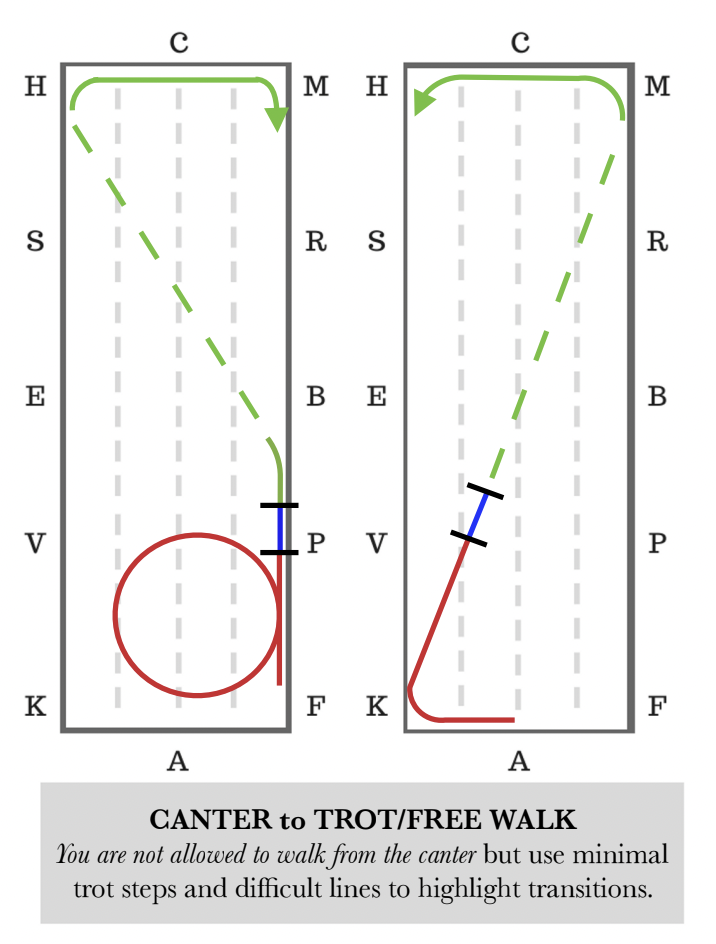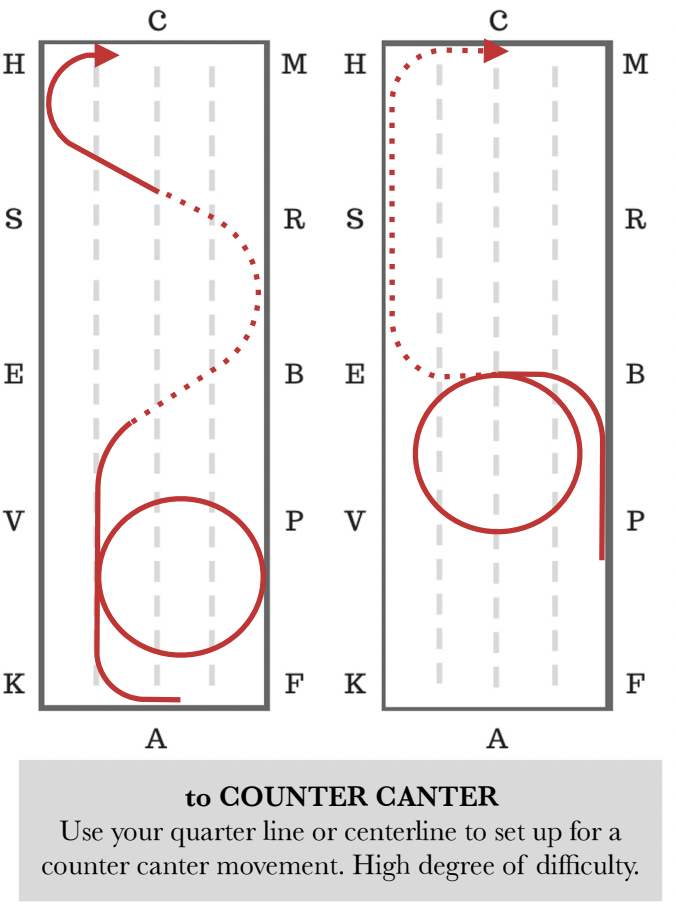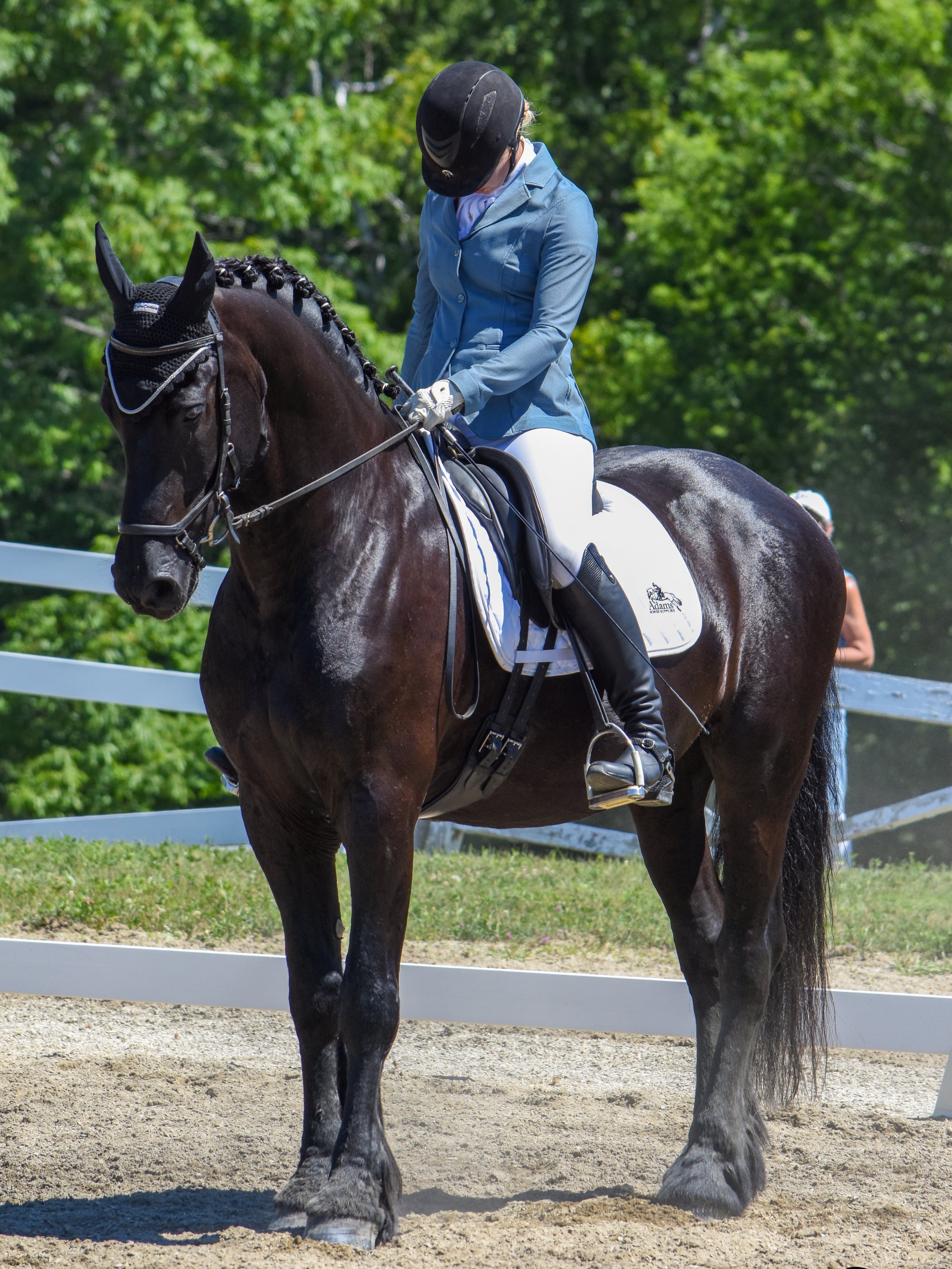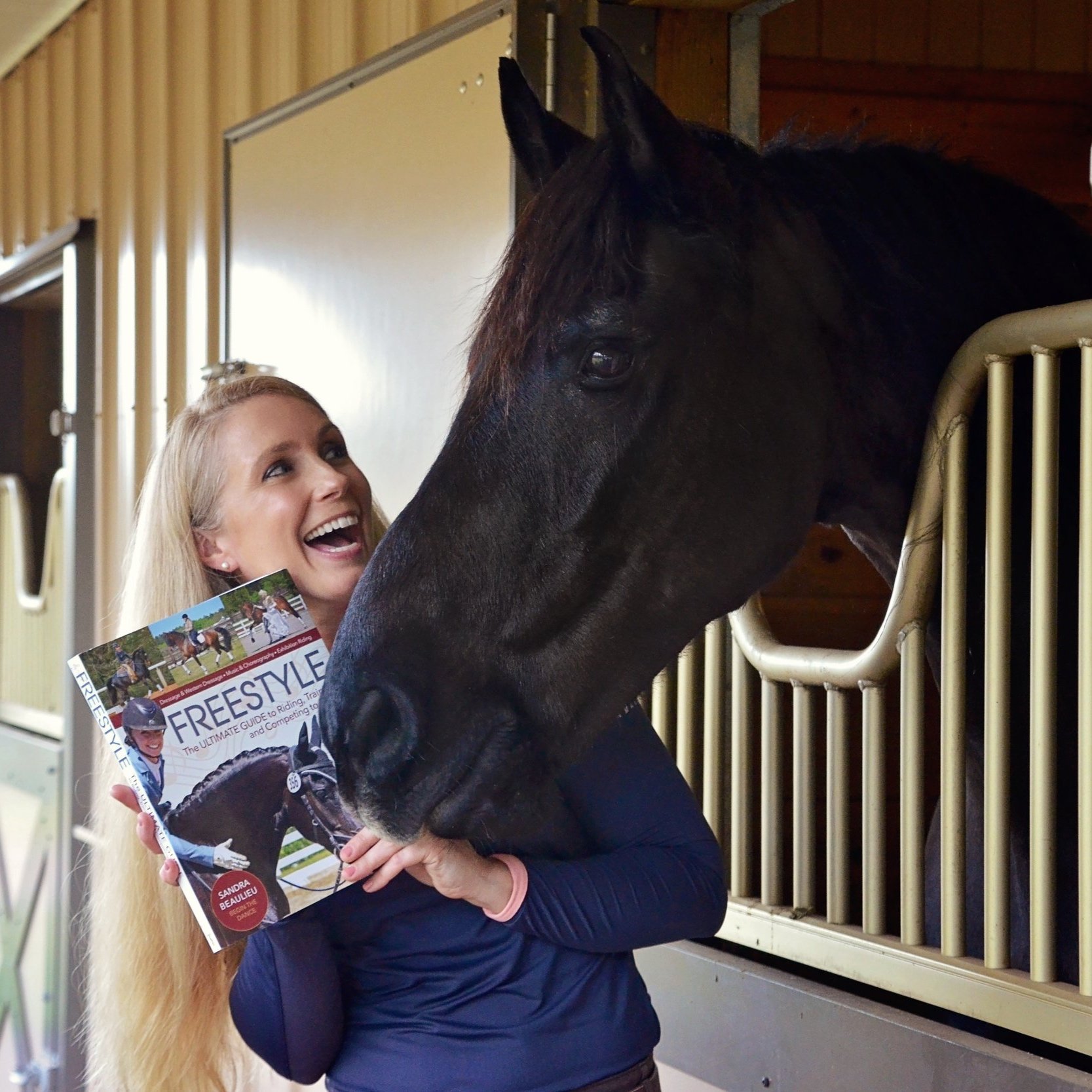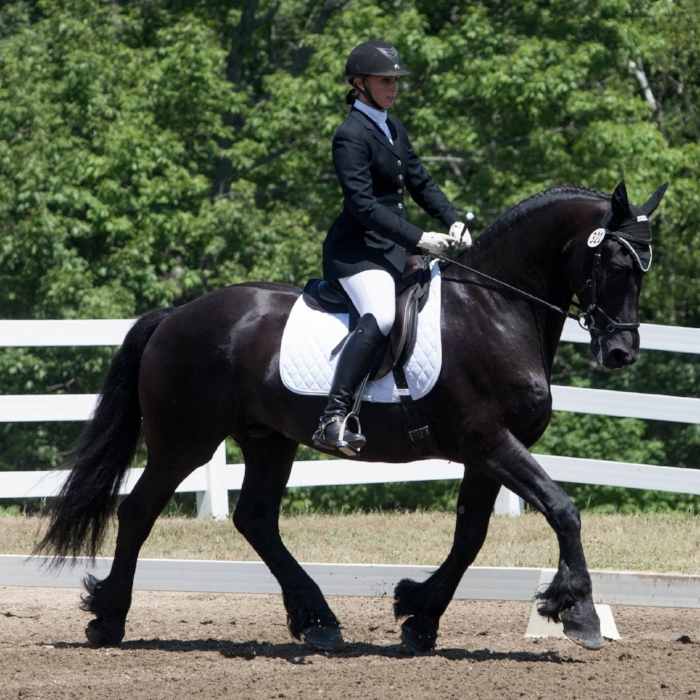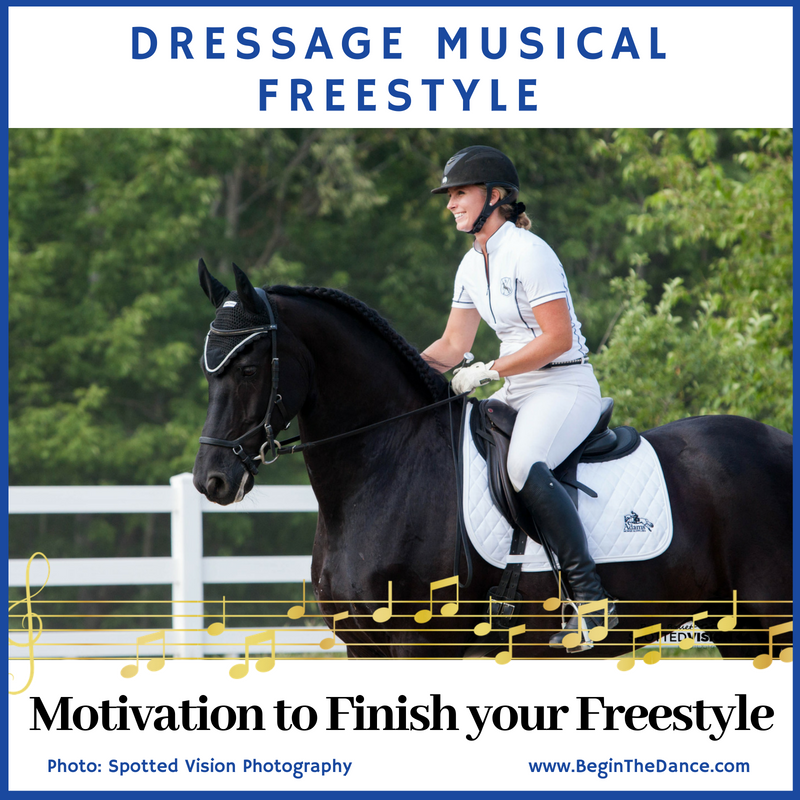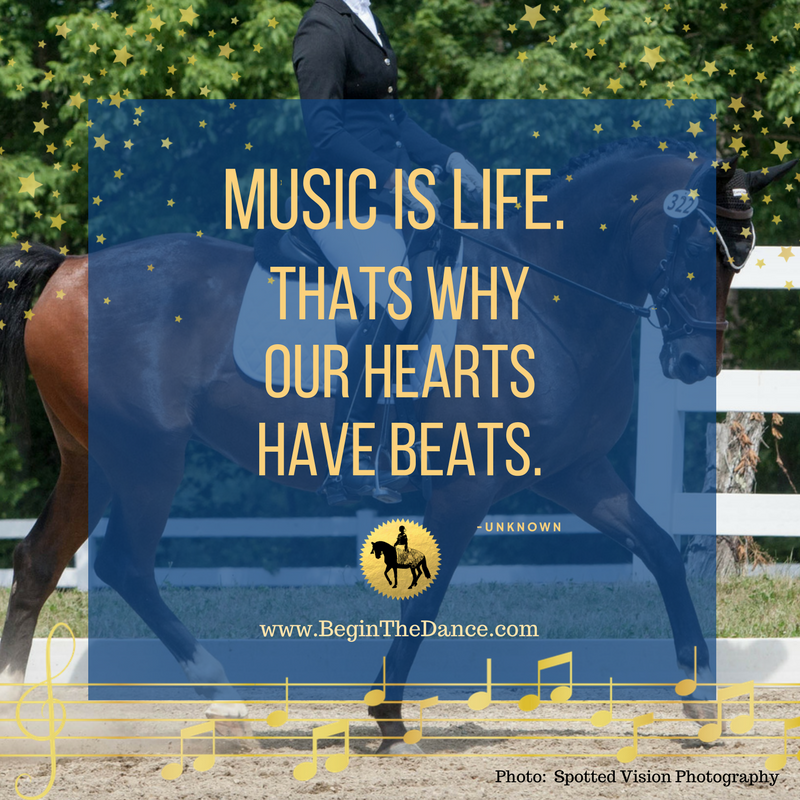Western Dressage has Musical Freestyle too! Here's what you need to know...
/Yes, you can dance down centerline in a western saddle—and look amazing doing it.
Have you ever watched a dressage musical freestyle and thought, “That looks like so much fun... too bad I ride western”? Well, saddle up, because Western Dressage riders absolutely can compete in musical freestyles—and there are more opportunities than you might think.
Competing with a Western Freestyle
Marsha Sapp riding Dream the Mustang. photo credit kimberly chason.
The Western Dressage Association of America (WDAA) offers freestyle tests from Intro Level all the way to Level 5, just like their classical counterparts. So whether you’re new to dressage or showing off upper-level skills, there’s a place for you in the freestyle arena.
And it’s not just for serious rides. WDAA also hosts a Costume Freestyle class—yes, that means themed outfits, matching music, and pure creative joy—at both their World Championship Show and International Online Challenge. Sparkles and sequins? Totally optional. Fun? Guaranteed.
If you’re planning to create a Western Dressage freestyle, head on over to the WDAA website where you will find the freestyle tests for Intro - 5th Level.
Compete Online or In-Person
Freestyle performances can be entered in:
🏆 The WDAA World Championship Show is located in Guthrie, OK and will be held September 16th - 20th, 2025. If you’re interested in watching this show, you can find the live stream information here.
🌍 The International Online Challenge
(No travel required—you can compete from your home arena!) If you have already created a western freestyle and are interested in competing at the World show or the online international challenge, more information regarding those shows can be found here.
🏠 Local schooling shows also offer the opportunity to practice your freestyle away from home before debuting your routine at a large scale show.
🛜 Online schooling and recognized shows have become increasingly more popular and available for riders. WDAA has an entire calendar devoted to online recognized shows that can be found here.
What’s the difference?
While creating a musical freestyle for Western dressage follows the same steps as a classical dressage freestyle, there are some differences to look out for.
⏱️ Time limits: In the classical dressage freestyles the maximum time given for levels training through 4th is 5 minutes. However in western dressage the time limits vary at almost every level. You’re given 5 minutes for Intro and Basic, 5 and a half minutes for first level, and 6 minutes for second through fifth level.
🏇🏻 Walk / Trot freestyle: While USDF freestyle tests begin at Training Level where canter movements are required, WDAA offers a freestyle test for Intro Level riders where lope is not required.
Movements: Most of the required movemnents in both the USDF and WDAA freestyle tests reflect one another pretty equally, however some movements may have different guidelines. For example: in Training Level a stretchy trot must be shown on a circle, however in the Basic Level test the stretchy trot may be shown on a curved or straight line. If you ride in both disciplines, make sure to double check the requirements for each movement as they could vary slightly and provide different choreography options.
Tori kistler and rovandio. Click here for the WDAA freestyle tests. Photo credit Becky henderson.
Join the Fun!
My student Tori and I have been working together to create a Basic level freestyle this spring and it has been a blast! She was concerned that it might be a bit boring to compete at a lower level, but we actually found it quite challenging to fit all the required movements into the allotted time.
This challenge helped us create a slightly more complicated floor plan that ended up suiting her and Rovandio (my personal horse) very well. Together they’re gearing up to compete in WDAA’s online international show this summer!
Meet the Author
Hello! My name is Sandra Beaulieu. ⭐️ I have created a variety of resources to help you create the freestyle of your dreams. Learn how to do-it-yourself with my Freestyle Book, Choreography e-Books, or the Dressage Freestyle Academy (online course).
Or…I can do it for you with a Custom Freestyle or Music Editing. But first, make sure to sign up for my Freestyle Freebies and stay in touch with me! I would to be a part of your freestyle journey. 😀
Download My Free Resources
Stay organized with these handy Checklists, Worksheets, and begin sketching choreography with my Blank Arena Diagram Page.
Browse my Freestyle Book Store
Learn how to create a musical freestyle from start to finish or choose an e-Book with choreography ideas just for your level.
Click here to view all Freestyle Books & e-Books.
